Anhui Feichun Special Cable Co.,Ltd Li.wang@feichuncables.com
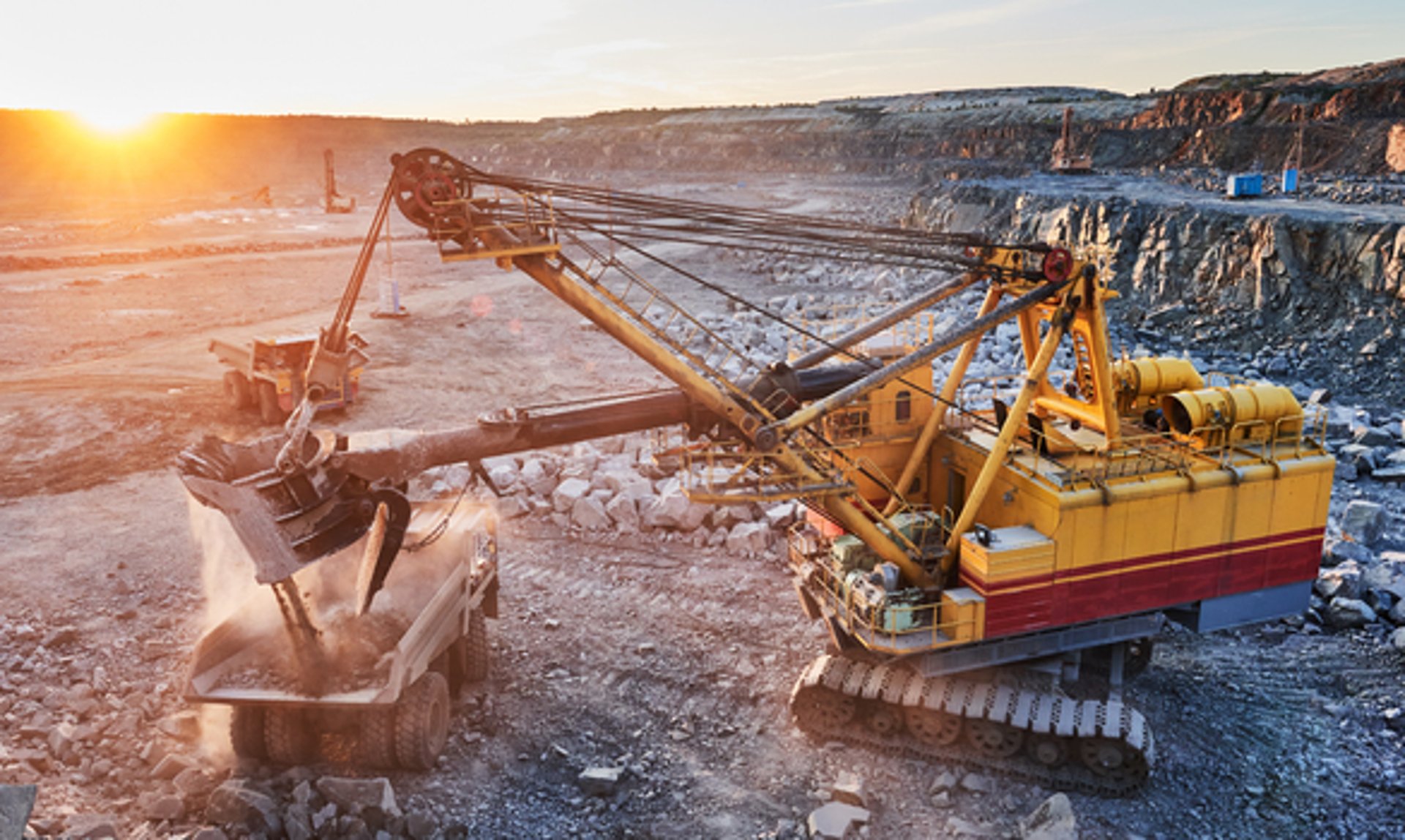
How SANS Type 41 Flexible Copper Screened Mining Cable Technology Withstands Extreme Underground Conditions While Delivering Reliable Power Distribution Solutions
Discover how Type 41 Flexible Copper Screened Mining Cable revolutionizes South African mining with UV-resistant technology, SANS compliance, and flexible copper construction for underground operations, surface mining, and mobile equipment powering in extreme conditions.
Li.wang@Feichun Cable
8/15/20259 min read


Understanding the Cable's Advanced Engineering
The Type 41 Flexible Copper Screened Mining Cable represents a masterclass in electrical engineering, with each component carefully selected to address specific challenges encountered in South African mining operations. At its core lies the conductor system: flexible Class 5 tinned annealed copper wires arranged in a left-lay configuration, complying with SANS 1411-1 standards. This specific construction provides exceptional flexibility while maintaining excellent electrical conductivity, crucial for applications where cables must navigate tight underground passages or bend repeatedly on reeling systems.
The insulation system employs ethylene propylene thermosetting compound (Type RD 3), engineered to SANS 1411-3 specifications. This material choice is particularly significant given South Africa's temperature extremes. The compound maintains its integrity from -40°C during winter nights in the Karoo to operating temperatures of 90°C in deep underground shafts where geothermal heating combines with electrical load heating.
The cable's core configuration represents an innovative approach to mining cable design. Three screened power cores, each protected by tinned copper and nylon braid shielding, are laid up alongside one unscreened pilot core around a rubber (RD1) filler center using right-hand lay construction. This configuration provides several advantages: the pilot core enables monitoring and control functions, while the screened power cores ensure electromagnetic interference (EMI) protection essential for modern mining operations that increasingly rely on sensitive electronic control systems.
Protection comes from a dual-sheath system utilizing poly-chloroprene thermosetting compound (Type RS 6). The inner and outer sheaths are bonded together, creating superior torsional protection while maintaining flexibility. Between these sheaths lies an open nylon braid reinforcement with a minimum of 16 nylon strings, providing additional tensile strength crucial for reeling applications and mechanical protection in abrasive mining environments.
Technical Specifications and Performance Parameters
The Type 41 cable is available in six conductor sizes: 2.5 mm², 4 mm², 6 mm², 10 mm², 16 mm², and 25 mm², each engineered for specific mining applications. The smallest 2.5 mm² variant, with its compact 20mm diameter and 0.712 kg/km mass, excels in powering small pumps, ventilation fans, and drilling equipment in tight underground spaces. The cable's minimum bending radius of just 120mm allows installation in confined areas where larger cables would be impossible to route.
At the other end of the spectrum, the 25 mm² variant delivers robust power distribution capabilities. With a 39mm diameter and current rating of 130 amperes at 30°C ambient temperature when laid straight, this cable can power substantial mining equipment while maintaining its reeling capabilities. The maximum recommended tension of 1.1 kN ensures durability during installation and operation, while the 240mm minimum bending radius, though larger than smaller variants, remains manageable for most mining applications.
The cable's electromagnetic shielding performance is exceptional, with braided screens maintaining an 80% filling factor across all sizes. This consistent protection ensures reliable signal transmission and prevents interference that could disrupt modern mining automation systems. The short-circuit ratings, ranging from 0.49 kA for the 2.5 mm² variant to 3.1 kA for the 25 mm² version, provide adequate protection for typical mining electrical systems while allowing proper coordination with upstream protection devices.
Compliance with South African Mining Standards
Safety and regulatory compliance form the foundation of the Type 41 cable's design philosophy. The cable meets and exceeds SANS 1411-1 requirements for conductor specifications, ensuring consistent quality and performance across all manufacturing batches. This compliance is particularly crucial in South African mining operations, where regulatory oversight is stringent and non-compliance can result in operational shutdowns.
SANS 1411-3 compliance governs both the insulation and sheath materials, guaranteeing that these critical components will perform consistently under the thermal, chemical, and mechanical stresses common in mining environments. This standard compliance extends beyond mere regulatory checkbox-ticking; it represents a commitment to safety that becomes critically important when cables operate in potentially explosive atmospheres or provide power to life-safety systems underground.
The cable's design consideration for hazardous area applications makes it suitable for use in mines where methane gas, coal dust, or other potentially explosive substances may be present. The robust shielding and sheath construction minimize the risk of electrical faults that could serve as ignition sources, while the pilot core enables monitoring systems that can detect potential problems before they become dangerous.
Versatile Applications Across Mining Operations
Underground mining operations present unique challenges that the Type 41 cable addresses through its flexible design and robust construction. In deep gold mines where shafts extend over a kilometer underground, cables must withstand not only mechanical stress but also corrosive environments created by groundwater and chemical processing. The cable's poly-chloroprene sheath resists chemical attack while maintaining flexibility in the confined spaces typical of underground mining infrastructure.
The 2.5 mm² variant finds extensive use in powering auxiliary equipment essential for safe underground operations. Ventilation fans that ensure adequate air circulation, dewatering pumps that manage groundwater ingress, and portable drilling equipment all benefit from this cable's combination of flexibility and durability. Its compact size allows routing through existing cable trays and conduits without requiring extensive infrastructure modifications.
Surface mining operations, particularly the vast coal mines of Mpumalanga and iron ore operations in the Northern Cape, present different challenges. Here, cables face intense UV radiation, temperature cycling from hot days to cold nights, and exposure to dust and chemical processing agents. The Type 41 cable's UV-resistant black outer sheath and temperature-stable compound formulations address these challenges directly.
Mobile equipment applications showcase the cable's versatility most dramatically. In modern mining operations, shuttle cars moving 16-ton loads require reliable power delivery through flexible cables that can withstand constant movement and reeling stress. The 16 mm² and 25 mm² variants are specifically designed for these reeling applications, with reinforced construction that maintains electrical integrity through thousands of reel cycles.
Installation Best Practices and Maintenance Strategies
Proper installation forms the foundation of reliable cable performance in mining operations. The Type 41 cable's minimum bending radius specifications must be strictly observed during installation. For the 25 mm² variant, maintaining the 240mm minimum radius prevents conductor damage and insulation stress that could lead to premature failure. Installation crews must use proper cable pulling techniques, respecting the maximum recommended tensions that range from 0.15 kN for the smallest cable to 1.1 kN for the largest.
Cable routing considerations are particularly important in underground environments where sharp edges, abrasive surfaces, and moving machinery create ongoing threats to cable integrity. Proper cable support systems, including appropriate cable trays, clamps, and protective covers, extend cable life significantly. In reeling applications, drum design and cable management systems must accommodate the specific characteristics of each cable size.
Regular maintenance programs prove essential for maximizing cable life in harsh mining environments. Visual inspections should focus on the outer sheath, looking for signs of abrasion, chemical attack, or UV degradation in surface applications. The bonded inner and outer sheath construction makes torsional damage readily apparent, allowing early intervention before internal damage occurs.
Electrical testing programs should include regular measurement of conductor resistance to detect degradation, insulation resistance testing to verify continued dielectric integrity, and continuity testing of screen connections to ensure continued EMI protection. In critical applications, thermal imaging can detect hot spots that indicate developing problems before catastrophic failure occurs.
Why Choose Type 41 Flexible Copper Screened Mining Cable?
Investing in the Type 41 Flexible Copper Screened Mining Cable offers a range of benefits that can enhance the efficiency, safety, and longevity of your mining operations. Here are some of the key reasons to choose this cable:
Adaptability to South African Conditions: The Type 41 cable is specifically designed to handle the climate challenges in South Africa. Its custom formulation ensures that it can withstand the country's unique environmental conditions, from intense heat to fluctuating humidity levels.
Longevity and Durability: The robust construction of the Type 41 cable means it can handle the wear and tear of mining operations without frequent replacements. This longevity translates to lower maintenance costs and reduced downtime, making it a cost-effective choice for long-term operations.
Enhanced Safety Compliance: The Type 41 cable is built with safety in mind, meeting and exceeding South African safety standards. This ensures that your operations remain compliant with local regulations, reducing the risk of accidents and improving overall safety.
Ease of Handling and Installation: Despite its heavy-duty construction, the Type 41 cable is designed to be easy to handle and install. Its flexibility allows for quick and efficient installation, even in challenging environments. This ease of handling reduces installation time and labor costs, further enhancing the value of this cable.
The Type 41 cable's design specifically addresses challenges unique to South African mining operations. The country's climate extremes, from the sub-zero temperatures of highveld winters to the intense heat of summer in surface mines, demand materials that maintain performance across this range. The cable's -40°C to 90°C operating range covers these extremes with margin for safety.
South Africa's intense solar radiation, particularly in high-altitude mining regions, degrades many cable materials rapidly. The Type 41 cable's UV-resistant formulation and black outer sheath provide superior protection, extending service life in surface applications where cable replacement is expensive and disruptive.
The economic advantages extend beyond simple longevity. Reduced maintenance requirements translate to lower labor costs and less production disruption. The cable's reliability reduces emergency repair costs and the expensive consequences of unplanned equipment downtime. In operations where every hour of production generates significant revenue, these reliability benefits provide substantial economic returns.
Cases and Current Applications
Recent developments in South African mining highlight the Type 41 cable's importance. Anglo American's FutureSmart Mining initiative, focused on technology-driven mining solutions, relies heavily on reliable electrical infrastructure. The company's Mogalakwena platinum mine in Limpopo province exemplifies modern mining operations where sophisticated automation and remote monitoring systems demand cables that provide both power and signal integrity.
At Gold Fields' South Deep mine, one of the world's largest gold mines, the transition to automated mining equipment has increased demands on electrical infrastructure. The mine's use of automated shuttle cars and remote-controlled drilling equipment requires cables that can withstand constant movement while maintaining reliable power delivery and communication capabilities. The Type 41 cable's screening effectiveness proves crucial in preventing electromagnetic interference that could disrupt automated systems.
The coal mining sector in Mpumalanga presents unique challenges that showcase the Type 41 cable's versatility. Exxaro Resources' operations in the region utilize both underground and surface mining techniques, requiring cables that perform reliably in diverse environments. Surface operations expose cables to intense UV radiation and temperature cycling, while underground sections demand flexibility and resistance to mechanical damage.
Powering the Future of South African Mining
The Type 41 Flexible Copper Screened Mining Cable represents more than a technological advancement; it embodies a comprehensive solution to the electrical infrastructure challenges facing South African mining operations. From the deep gold mines of the Witwatersrand to the expansive coal operations of Mpumalanga, this cable technology provides the reliability, durability, and performance that modern mining demands.
As South African mining continues evolving toward increased automation, environmental responsibility, and operational efficiency, the importance of reliable electrical infrastructure becomes ever more critical. The Type 41 cable's combination of technical excellence, regulatory compliance, and practical durability positions it as an essential component in this evolution.
The investment in quality electrical infrastructure pays dividends through reduced downtime, improved safety, lower maintenance costs, and enhanced operational reliability. In an industry where margins are often tight and operational disruptions can be extremely costly, the Type 41 Flexible Copper Screened Mining Cable offers a foundation for sustainable, profitable mining operations that can compete effectively in global markets while maintaining the highest standards of safety and environmental responsibility.
For mining operations planning future electrical infrastructure investments, the Type 41 cable represents not just a component purchase but a strategic decision to build operations on a foundation of proven reliability and performance excellence.
Introduction
Deep beneath the South African landscape, where gold veins snake through ancient rock formations and coal deposits fuel the nation's energy needs, a technological revolution is quietly transforming mining operations. The Type 41 Flexible Copper Screened Mining Cable represents a breakthrough in electrical infrastructure designed specifically for the harsh realities of African mining environments. This advanced cable system addresses critical challenges that have plagued the industry for decades: equipment downtime due to cable failures, safety concerns in hazardous underground environments, and the relentless battle against South Africa's extreme climate conditions.
The importance of reliable electrical infrastructure in mining cannot be overstated. When a cable fails 800 meters underground in the Witwatersrand gold mines or in the vast open-pit coal operations of Mpumalanga, the consequences extend far beyond simple inconvenience. Production halts, safety systems may be compromised, and costly equipment sits idle while repairs are conducted in challenging conditions. The Type 41 cable emerges as a solution engineered specifically for these demanding scenarios, offering unprecedented reliability and performance in applications ranging from small underground ventilation fans to massive shuttle cars moving tons of ore.


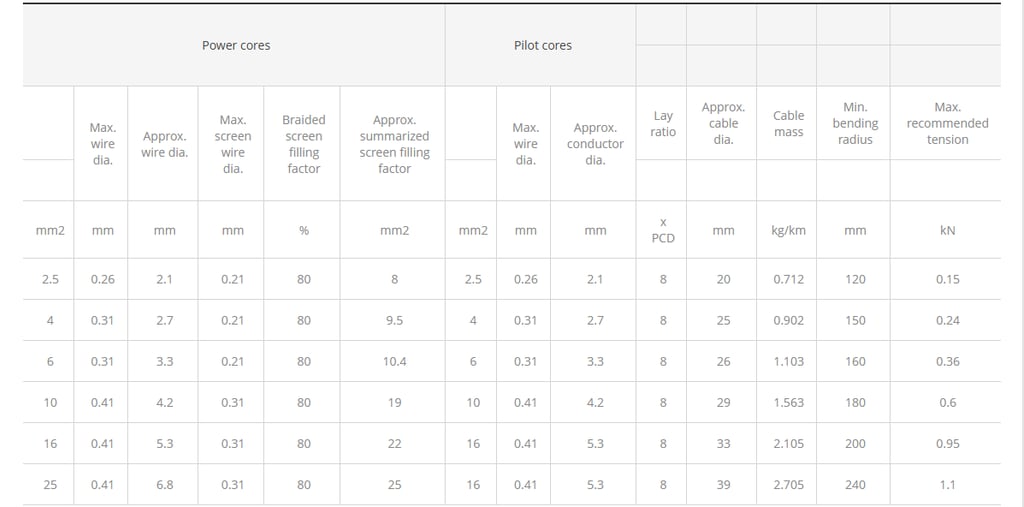

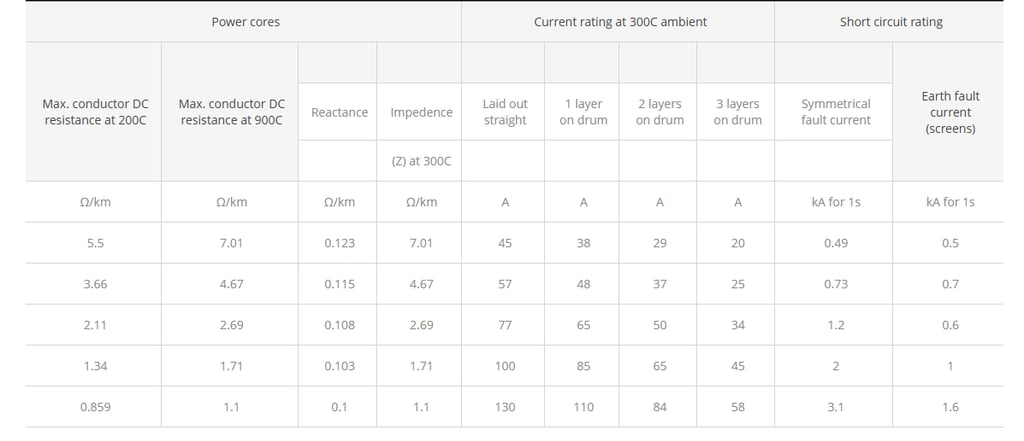

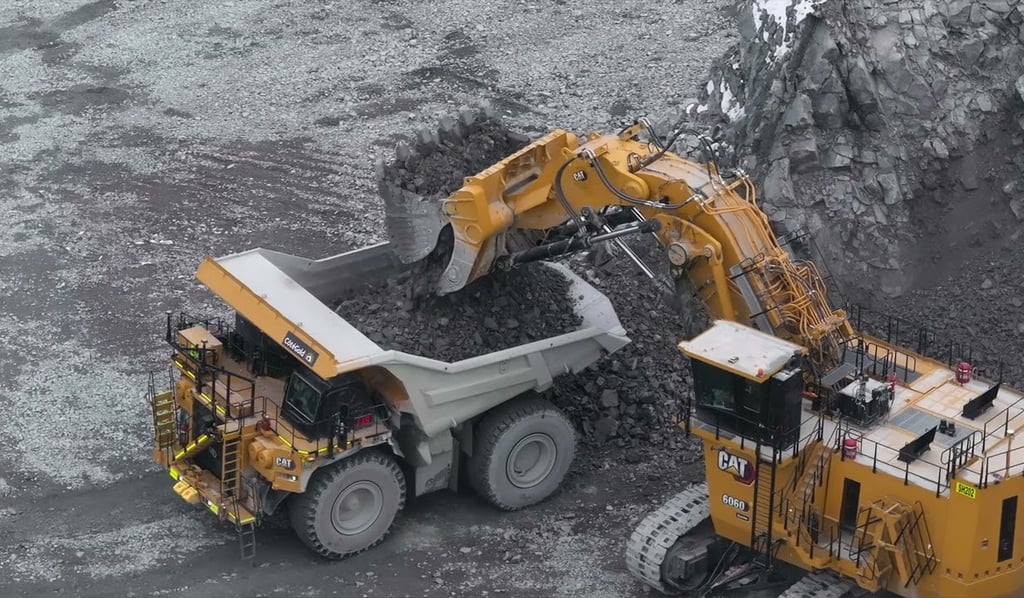

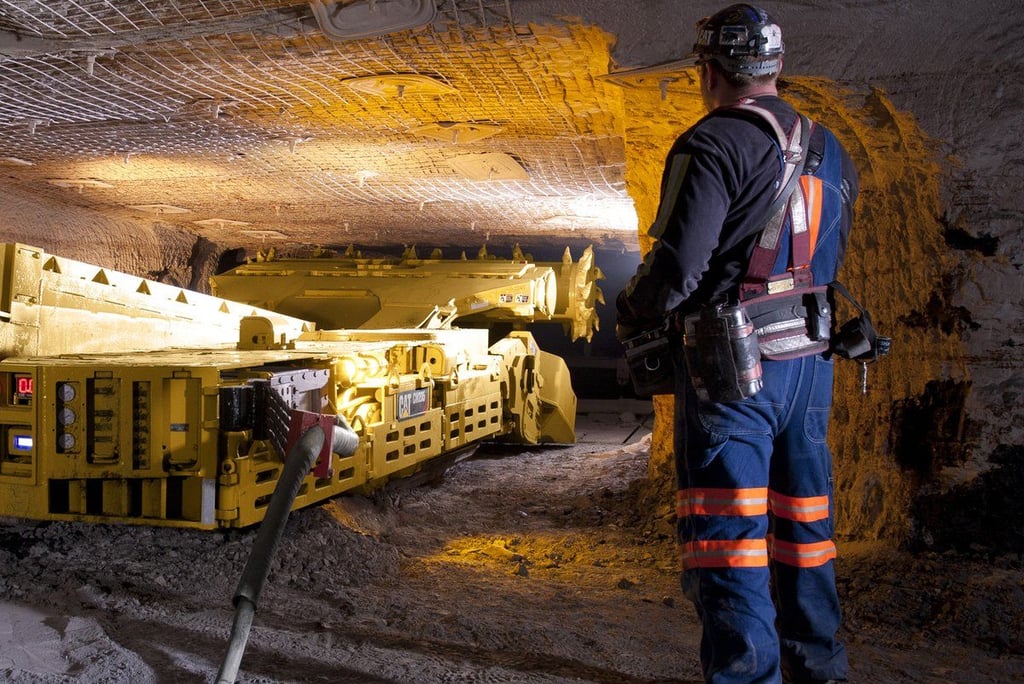

Ms. Li Wang holds a Bachelor’s degree in Electrical Engineering and is a Senior Electrical Engineer and Cable Installation Technical Consultant with over fifteen years of practical experience in cable systems. She has held positions at multiple mining companies in Australia and Indonesia, where she was deeply engaged in the initial design, installation, and on-site maintenance of high-voltage cable systems in industrial environments. With a strong theoretical foundation and extensive hands-on engineering experience, Ms. Wang excels in developing solutions for complex electrical systems and providing on-site technical guidance. She is dedicated to advancing safe, efficient, and reliable standards for cable applications.
Li Wang
About the Author
Senior Electrical Engineer/15+ Years experience in Mining Industries

Email Address: Li.wang@feichuncables.com
© 2025. All rights reserved.


One-click to Quickly Contact
Products
Offshore & Marine Cable
XLPE Cable
Contact
Company
Location:
Building A Private Science and Technology Park, Hefei Economic and Technological Development Zone, Anhui Province, China
